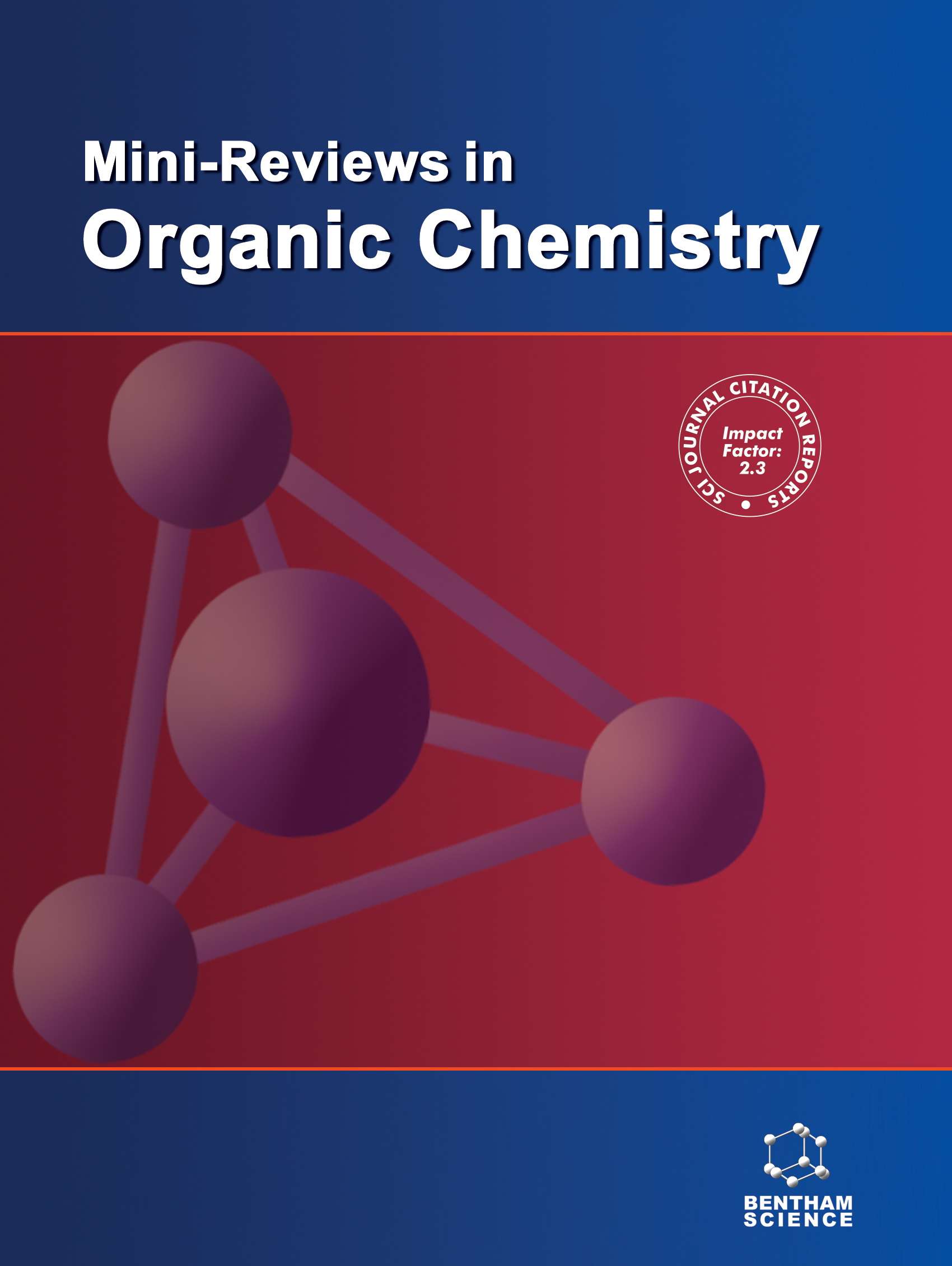
Full text loading...

Fluorescence, a phenomenon where substances emit light upon excitation, has been largely explored in synthetic materials. However, plants have been harnessing this property for millions of years, with various extracts exhibiting fascinating fluorescent properties. This review delves into the realm of plant extracts displaying fluorescence, highlighting their diverse applications, mechanisms, and potential uses. This study summarizes various classes of fluorescent phytochemicals, including alkaloids, phenolics, and terpenoids, coumarins, anthocyanins, and discusses their excitation and emission spectra. The review also examines the structural dependent functional diversity of plant secondary metabolites influencing fluorescence. Furthermore, the applications of fluorescent plant extracts in fields like biomedicine, food technology, and environmental monitoring in combination with bioimaging, biosensing, and optoelectronics are also highlighted. This comprehensive review aims to spark further research into the untapped potential of fluorescent plant extracts, unlocking new avenues for scientific discovery and innovation.

Article metrics loading...

Full text loading...
References


Data & Media loading...